Greetings:
I took my camera to the beach a couple of days ago after reading "Understanding Exposure" and decided to try shooting the sunset. I didn't have a lot of luck. The sky was this beautiful gradient from orange at the horizon to blue/purple at the top. Unfortunately, i wasn't able to capture that with my D80. How do you normally shoot sunsets? I tried metering to the left of the sun itself and then focusing on the sun to have it front and center in my shots. Most of my pictures have the sky looking very dark or the exact opposite. The sky is washed out and overexposed.
When shooting this type of shot, do you normally meter next to the sun and then set the shutter speed to get the water right and adjust the aperture accordingly? When I try to do this, the shutter speed requires an aperture much higher than what my camera will do.
I'm lost and would appreciate any general tips that will help me.
Thanks!
I took my camera to the beach a couple of days ago after reading "Understanding Exposure" and decided to try shooting the sunset. I didn't have a lot of luck. The sky was this beautiful gradient from orange at the horizon to blue/purple at the top. Unfortunately, i wasn't able to capture that with my D80. How do you normally shoot sunsets? I tried metering to the left of the sun itself and then focusing on the sun to have it front and center in my shots. Most of my pictures have the sky looking very dark or the exact opposite. The sky is washed out and overexposed.
When shooting this type of shot, do you normally meter next to the sun and then set the shutter speed to get the water right and adjust the aperture accordingly? When I try to do this, the shutter speed requires an aperture much higher than what my camera will do.
I'm lost and would appreciate any general tips that will help me.
Thanks!










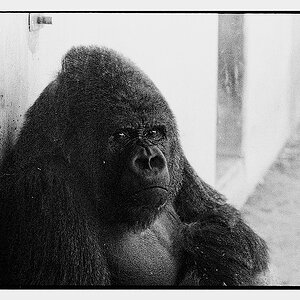
![[No title]](/data/xfmg/thumbnail/37/37619-ccc825bbe41ff30b1d1e808dec8d6932.jpg?1619738152)
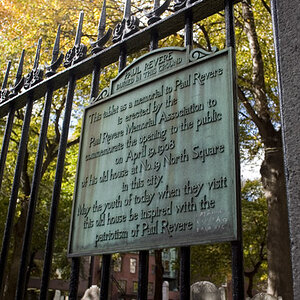


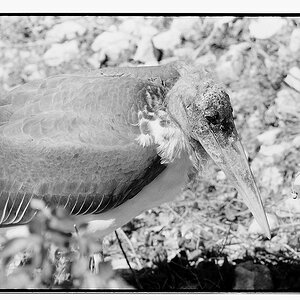
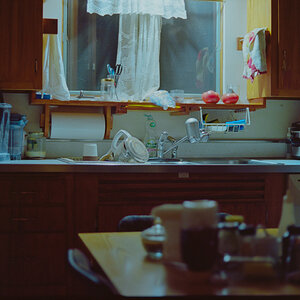
![[No title]](/data/xfmg/thumbnail/35/35947-ab35bfc67d8e12ce65dda301d3bf2b66.jpg?1619737255)

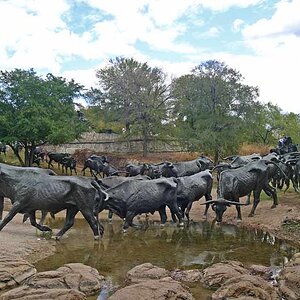
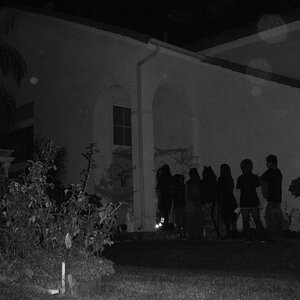
![[No title]](/data/xfmg/thumbnail/32/32173-af05ea40d00ae9cd79a01007df914b5f.jpg?1619735234)